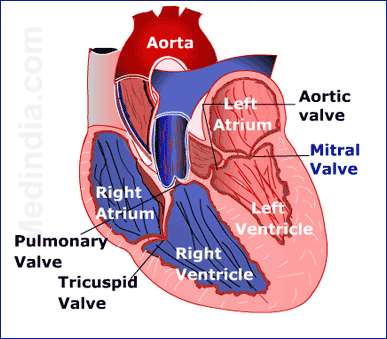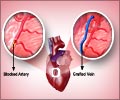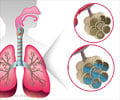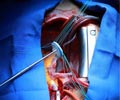- Congenital Mitral Stenosis With or Without Associated Defects - (http://circ.ahajournals.org/cgi/content/full/102/suppl_3/III-166)
- Mitral Stenosis - (http://www.emedicine.com/med/topic1486.htm)
- Hospitalization statistics for Mitral valve disease: - (http://www.wrongdiagnosis.com/m/mitral_valve_disease/stats.htm#medical_stats)
- Congenital Mitral Stenosis - (http://www.emedicine.com/ped/topic2517.htm)
- Mitral valve regurgitation - (http://www.nlm.nih.gov/medlineplus/ency/article/000176.htm)
- Heart & Vascular Institute (Miller Family) - (http://www.clevelandclinic.org/heartcenter/pub/guide/disease/valve/mvrepairfaq.htm)
Understanding Heart valves
Mitral Valve is a bicuspid valve present between the left atrium and the left ventricle.
Human heart is divided into four chambers, with two upper chambers called the atria and two lower chambers called the ventricles. The left side of the heart usually receives oxygenated blood from the lungs and pumps it to the body, while the right side receives de-oxygenated blood from the body and pumps it to the lungs. As the blood is pumped through each chamber, it passes through a one-way valve. Valves are thin, strong flaps called as cusps or leaflets.
Mitral Valve is a bicuspid (two leaves) valve that is present between the left atrium and the left ventricle. Tricuspid Valve is present between the right atrium and right ventricle. These two valves are collectively called as the “Atrioventricular valves”. The semilunar valves are valves that are present between the ventricles and the arteries leaving the ventricles. Aortic valve is present between the left ventricle and aorta. The pulmonary valve or pulmonic valve is present between the right ventricle and the pulmonary artery.
The atrioventricular valves are attached to the inside wall of the ventricle, on small muscles called “papillary muscles”, by fibrous structures called as “chordae tendinae”. These two structures are called the subvalvular apparatus, which prevent the valves from prolapsing into the atrium. When the upper chambers or atria contract the atrioventricular valves opens into the ventricles allowing blood to fill the bottom chamber. The valves close with the increase of pressure in the ventricles before it contracts. The blood is then pumped through the semilunar or aortic valves to the great arteries.
A diseased valve does not allow the unimpeded flow of blood. A narrowed or constricted valve makes it hard for the blood to flow to the next chamber. This is called “Valvular Stenosis”. If the mitral valve were to leak, the blood would get pumped back into the lungs when the ventricles contract through the atrium. This is called “Valvular Insufficiency, Incompetence or Regurgitation”. In both conditions, blood supply to the body is compromised. Mild stenosis or regurgitation may not cause any difference in the heart function. Progression in the disease causes the heart to work harder to keep up with the demand of the body. Incapacitating symptoms occur when left untreated.

Damage to the heart valve and result in a Heart Murmur.















